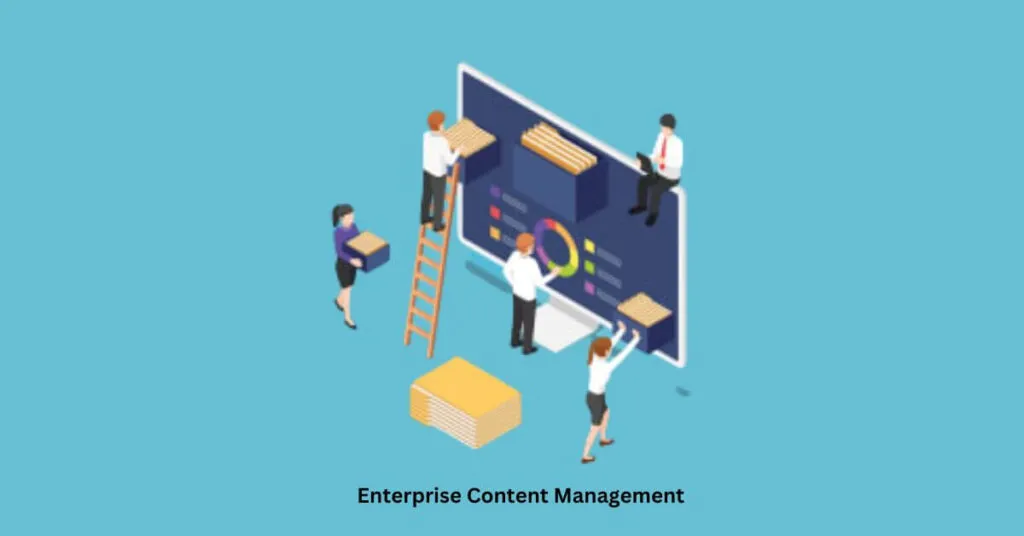The Six Simple Steps for Enterprise Content Management – In today’s fast-paced digital world, the amount of content generated by organizations is increasing at an unprecedented rate. Businesses must manage a vast amount of content to operate efficiently, whether it’s reports, emails, social media posts, or videos. Enterprise content management (ECM) is an essential solution that helps organizations manage and store their content securely while streamlining workflows and improving collaboration.
An effective ECM strategy is now more of a necessity than a luxury due to the ever-increasing relevance of content. This article will discuss six simple steps to implement an effective Enterprise Content Management solution to help organizations manage their content efficiently and achieve their business objectives.
The Six Simple Steps for Enterprise Content Management
Step 1: Capture
The first step in ECM is capturing content from various sources. This includes scanning paper documents, capturing digital files, and collecting content from social media. The goal is to centralize all content in one location for easy access and management. ECM solutions use advanced capture technologies to automate this process and reduce manual data entry. This step ensures all content is captured and available for processing and access.
Step 2: Process
The second step is to process the captured content. This involves applying metadata, categorizing content, and applying security and access. The metadata applied at this stage makes it easier to search, sort, and retrieve content later. Categorizing content also ensures that it is stored and accessed logically. ECM solutions use automated workflows to streamline this process, reducing manual intervention and improving accuracy.
Step 3: Access and Integrate
The third step is to make content available to users across the organization. ECM solutions provide a central repository where authorized users can access content from any device or location. They can also collaborate on content using features like version control, comments, and annotations. Integrating with other business applications is also essential to ensure that content is available where it is needed most. Integration with email, CRM, and ERP systems is particularly important, as it streamlines workflows and reduces manual data entry.
Step 4: Measure
The fourth step is to measure the effectiveness of the Enterprise Content Management solution. This involves tracking usage, monitoring content quality, and identifying areas for improvement. ECM solutions provide detailed analytics and reporting capabilities, which can be used to optimize workflows and ensure compliance. The ability to track user activity also provides insights into how content is used, which can inform future content strategies.
Step 5: Store
The fifth step is to store content securely. This involves implementing backup and disaster recovery strategies and ensuring compliance with industry regulations. ECM solutions provide secure storage options, including on-premise, cloud, and hybrid deployments. They also provide robust security features, including user authentication, encryption, and access controls. The ability to manage retention policies and automate the deletion of expired content is also essential to reduce storage costs and ensure compliance.
Step 6: Dispose
The final step is to dispose of content that is no longer needed. This involves implementing a records management policy that identifies which content should be retained and for how long. It also involves securely deleting content that is no longer required to reduce storage costs and ensure compliance. ECM solutions provide automated records management capabilities, which can be customized to meet an organization’s specific requirements.
Conclusion
Enterprise content management solutions provide a comprehensive approach to managing content across an organization. The ability to capture, process, access and integrate, measure, store, and dispose of content ensures that the correct information is available to the right people at the right time. This is essential for success in today’s digital age, where information is the lifeblood of business.


